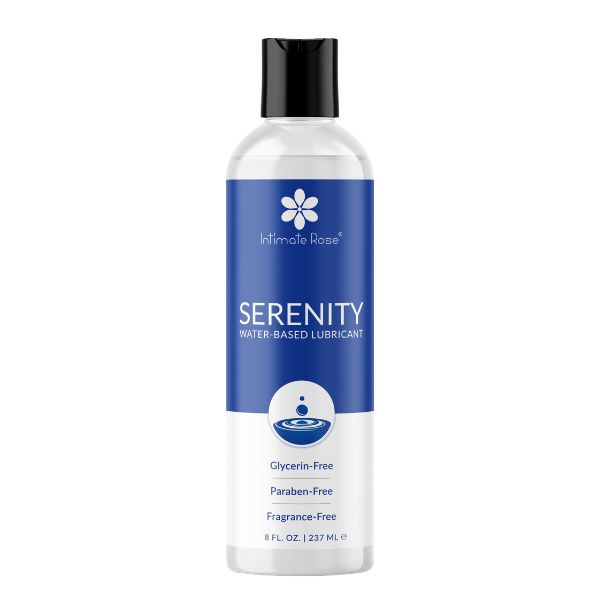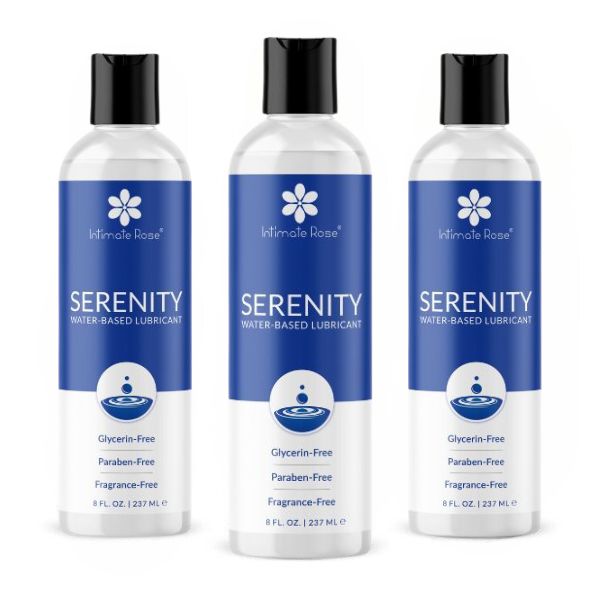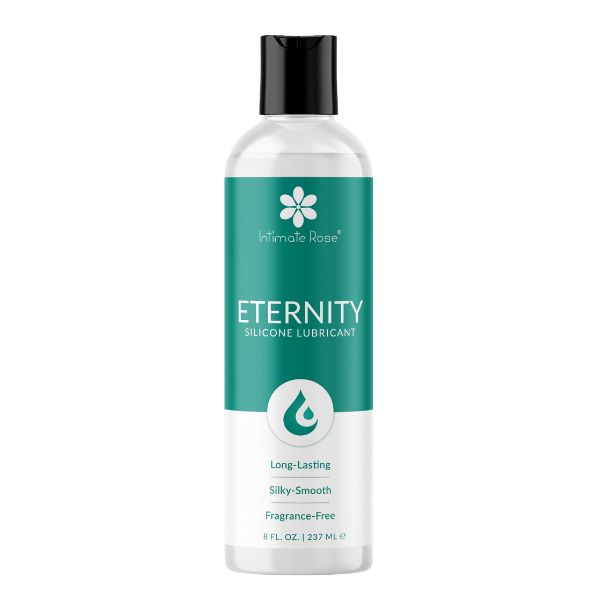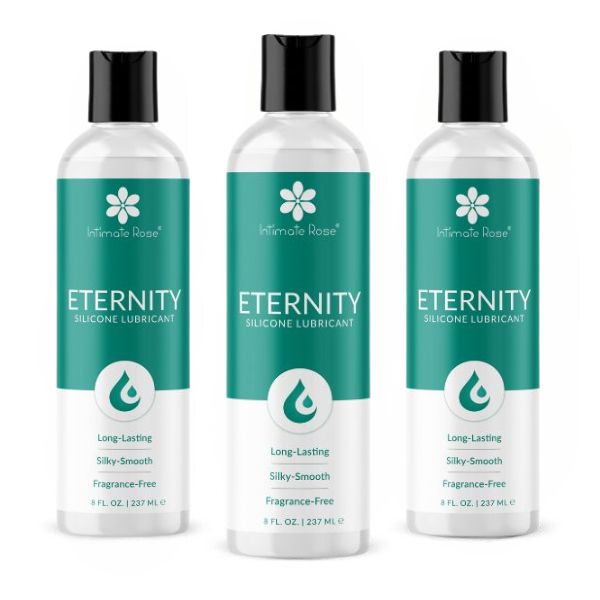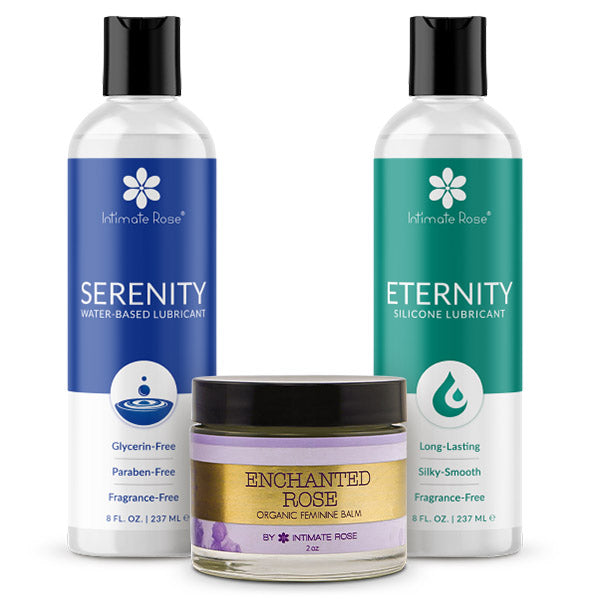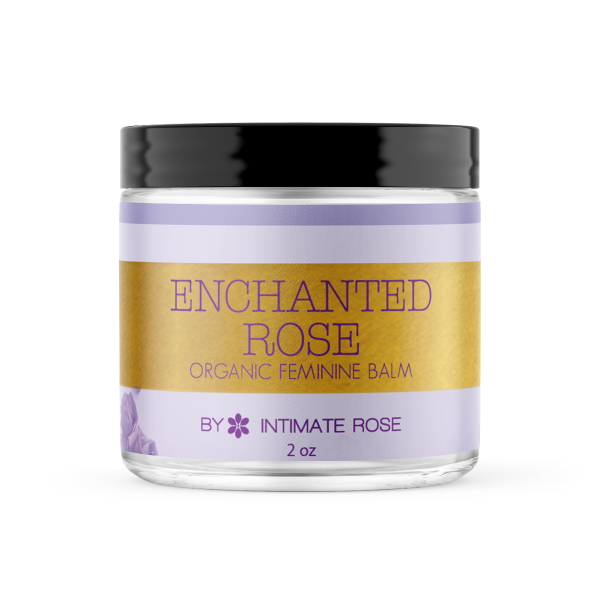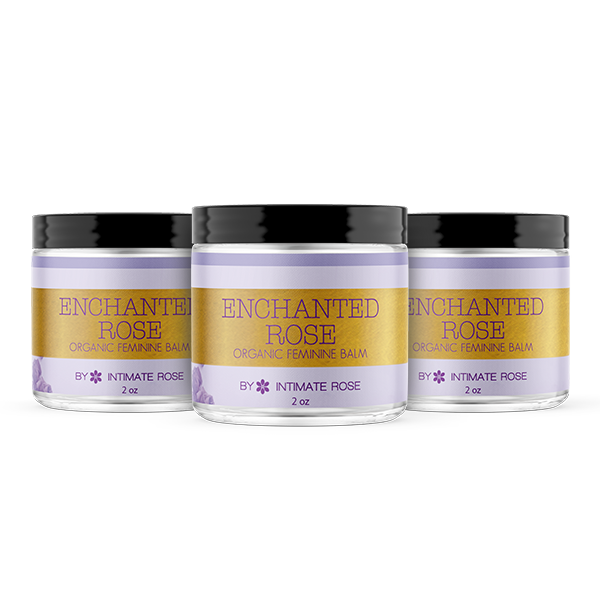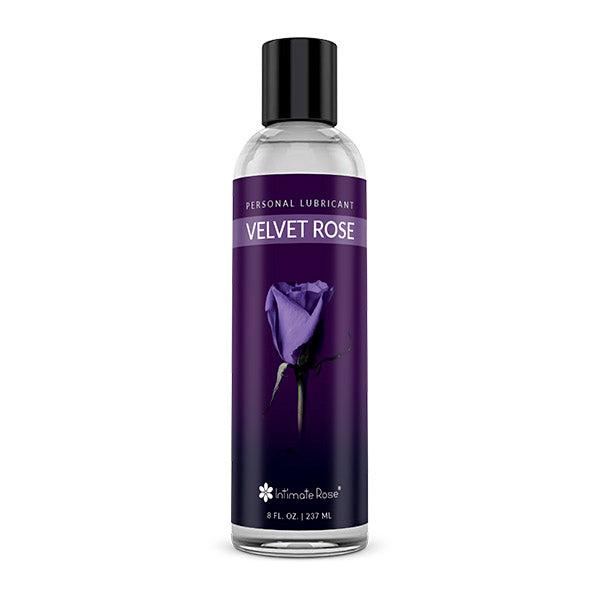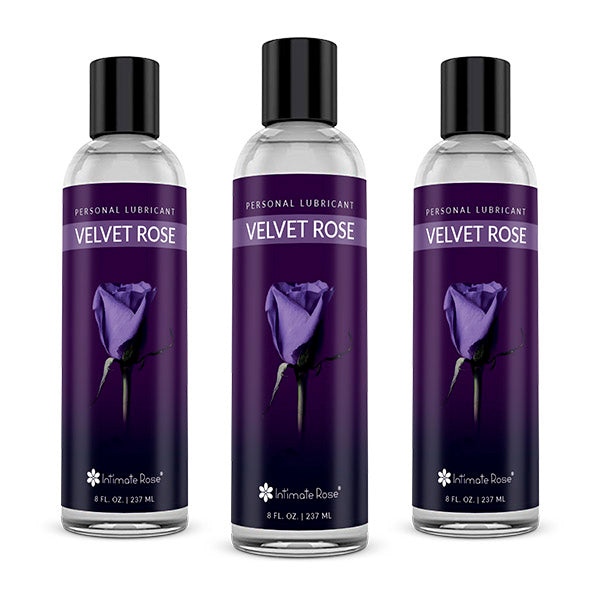Although most commonly linked to puberty, acne can also occur during perimenopause and menopause. Presenting differently for every woman, menopause can cause uncomfortable symptoms like mood swings, hot flashes, and insomnia, and even though acne is a lesser-known symptom, it is no less distressing.
If you notice raised bumps, sore pimples, or pus-filled spots emerging on your face, neck, chest, or upper back during perimenopause and menopause, you may be experiencing menopause-related acne.
As hormone levels change during this stage of life, acne can occur for the first time or worsen. The good news is that solutions exist to clear skin issues during perimenopause and menopause. Read on, to find out more.
What Is Acne?
Acne, also known as acne vulgaris, is a skin condition associated with clogged hair follicles under the skin. Hair follicles within a skin pore are lined by skin cells called keratinocytes and contain miniature, fine hair that connects with oil (sebaceous) glands.
When the skin is healthy the sebaceous glands produce sebum, a type of oil that exits through skin pores to keep the skin protected and hydrated. Keratinocytes (skin cells) also regularly rise to the epidermis (outer skin layer) to die and leave room for new skin cells to form.
When acne occurs, the sebum, keratinocytes, and fine hair stick together, clogging hair follicles and skin pores. This prevents the keratinocytes and sebum from reaching the outer layer of the skin and allows bacteria to thrive within the clogged follicles.
The thriving bacteria typically cause an inflammatory response from the immune system, resulting in redness, pain, and swelling. Eventually, the clogged follicle disintegrates and the sebum, keratinocytes, and bacteria leak onto the surrounding skin, causing pimples, blemishes, and lesions.
Sometimes, bacteria are not involved in clogging hair follicles and in these cases, inflammation does not typically occur, however, blackheads and whiteheads are known to form instead.
Acne Symptoms
Symptoms of acne often include swelling, redness, and pain due to the formation of pimples or lesions on the face, neck, chest, upper back, and shoulders. Due to the changes in a person’s appearance, acne can also cause anxiety and stress.
Although ‘pimple’ is a common and widely-used term for bumps and skin lesions that look or feel different, they are medically categorized as follows:
- Papules are small, elevated, red bumps - essentially an early pimple that can develop into pustules
- Pustules are pus-filled pimples with a white or yellow center that often feel like a patch of bulging skin
- Cysts are pus-filled spots containing a thick yellow or white fluid and they usually feel soft to touch
- Nodules are deep skin bumps that are often inflamed and firm to touch
- Comedones are whiteheads, which are pimples that form when hair follicles are clogged with excess sebum and keratinocytes (skin cells), but no bacteria. The surface of comedones is covered with a thin layer of skin, making them appear white on the surface
- Open Comedos are known as blackheads, and similar to whiteheads, they form when hair follicles are clogged with sebum and skin cells, but no bacteria. The surface of the follicle remains open when blackheads form and the oxidization from the air exposure is what turns it black
Acne in Menopause: What Causes It?
Although sometimes called hormonal acne or menopause acne due to its connection to hormone fluctuations, acne in menopause is medically referred to simply as ‘acne’. Hormone changes are often the main cause of acne during perimenopause and/or menopause, however, genetics, stress, sleep, and certain foods can also contribute.
Hormone Changes
Although estrogen is primarily thought of as a hormone related to the female reproductive system, it also contributes to many other systems in the body including the heart, brain, bones, muscles, and skin. During perimenopause, which typically occurs in women aged 44-50, estrogen production begins to slow down as the reproductive phase of life comes to an end.
Although it is a perfectly normal and natural part of life, the drop in estrogen production can instigate some uncomfortable symptoms for a few years. Hot flashes, irregular menstruation, low libido, and mood changes are common, and some women also experience acne during perimenopause and/or menopause.
This is because estrogen levels normally drop faster during perimenopause than the male hormones known as androgens. This hormone imbalance temporarily magnifies the effects of male hormones like testosterone, and higher testosterone levels signal the sebaceous glands to produce more oil (sebum). More sebum means hair follicles can become clogged more easily and result in acne.
Higher androgen levels can also cause facial hair growth during menopause and a loss of hair on the head. With skin health, lowered estrogen during perimenopause can also result in drier and thinner skin all over the body.
Genetics
Medical research has found that acne in menopause is sometimes genetic, but not always. If a direct female family member like a mother, grandmother, or aunt experienced acne during menopause, the chances of the next generation experiencing similar symptoms are increased. It’s also common for women who experience acne before menopause to experience skin issues during perimenopause or menopause, but not always.
Stress
Stress is known to raise cortisol levels, which can amplify the effects of androgens. In fact, approximately 70% of people experiencing higher stress levels also report an increased occurrence of acne. Due to the variety of symptoms known to affect women going through perimenopause, their stress levels are often heightened and can contribute to the onset, or worsening, of acne.
Poor Sleep
Lowered estrogen levels during perimenopause and menopause can disrupt women’s sleep. Poor sleep can contribute to raised cortisol levels, which, in turn, increases the effects of androgens like testosterone on the sebaceous glands.
Certain Foods
Although researchers have eliminated a poor diet as the cause of acne in menopause, evidence has suggested that cow’s milk and high-glycemic foods may worsen acne for some women in this stage of life.
Obesity
Although not fully understood, medical researchers have established a possible metabolic link between obesity and acne in menopause. Irrelevant to the quality of diet, it is believed that obesity may instigate hormonal imbalances that favor androgens, which can increase sebum production and cause acne.
When is Acne Most Common in Menopause?
The majority of women experiencing acne in menopause notice that it emerges during perimenopause, which is also known as the transition into menopause. Perimenopause is known to last 4-8 years but it can be longer or shorter for some women.
Menopause is reached once menstruation has not occurred for 12 months in a row, and skin breakouts can still occur during this time. However, acne typically subsides in the years after menopause, which is a stage of life known as postmenopause.
How to Treat Acne in Menopause
Treating acne in menopause is similar to treating acne at any other stage of life, but not exactly the same. Daily facial cleansing with the right products can help, as can prescribed medication when acne is severe. However, hormone therapy (HT), or phytoestrogens if HT involves possible health risks, are often recommended to treat acne in menopause.
Daily Facial Cleansing
Women with acne in menopause are advised to very gently cleanse the face and neck in the morning and evening with a facial wash or cleanser created to treat acne. Generally containing benzoyl peroxide or salicylic acid, acne-cleansing products can help manage sebum levels, destroy harmful bacteria, and clear dead skin cells.
Hormone Therapy
Hormone therapy (HT), also known as (HRT), is used to rebalance fluctuating hormones during perimenopause and menopause to relieve uncomfortable symptoms. Although progestin, a synthetic male hormone, is sometimes used, HT for menopause typically focuses on replacing estrogen. Birth control pills, which contain both estrogen and progestin are often used to treat acne in menopause too.
However, due to the reintroduction of estrogen when it should be decreasing, HT and birth control pills are not considered safe for some women. Essentially women with a history, genetic connection, or an increased risk of breast cancer, uterine cancer, heart attack, stroke, blood clots, abnormal uterine bleeding, or hypertension are advised to steer clear of estrogen HT.
In these cases, plant-based phytoestrogens are recommended to regulate hormone fluctuations and relieve menopause symptoms, including acne.
Hormonal and Non Hormonal Menopause Relief
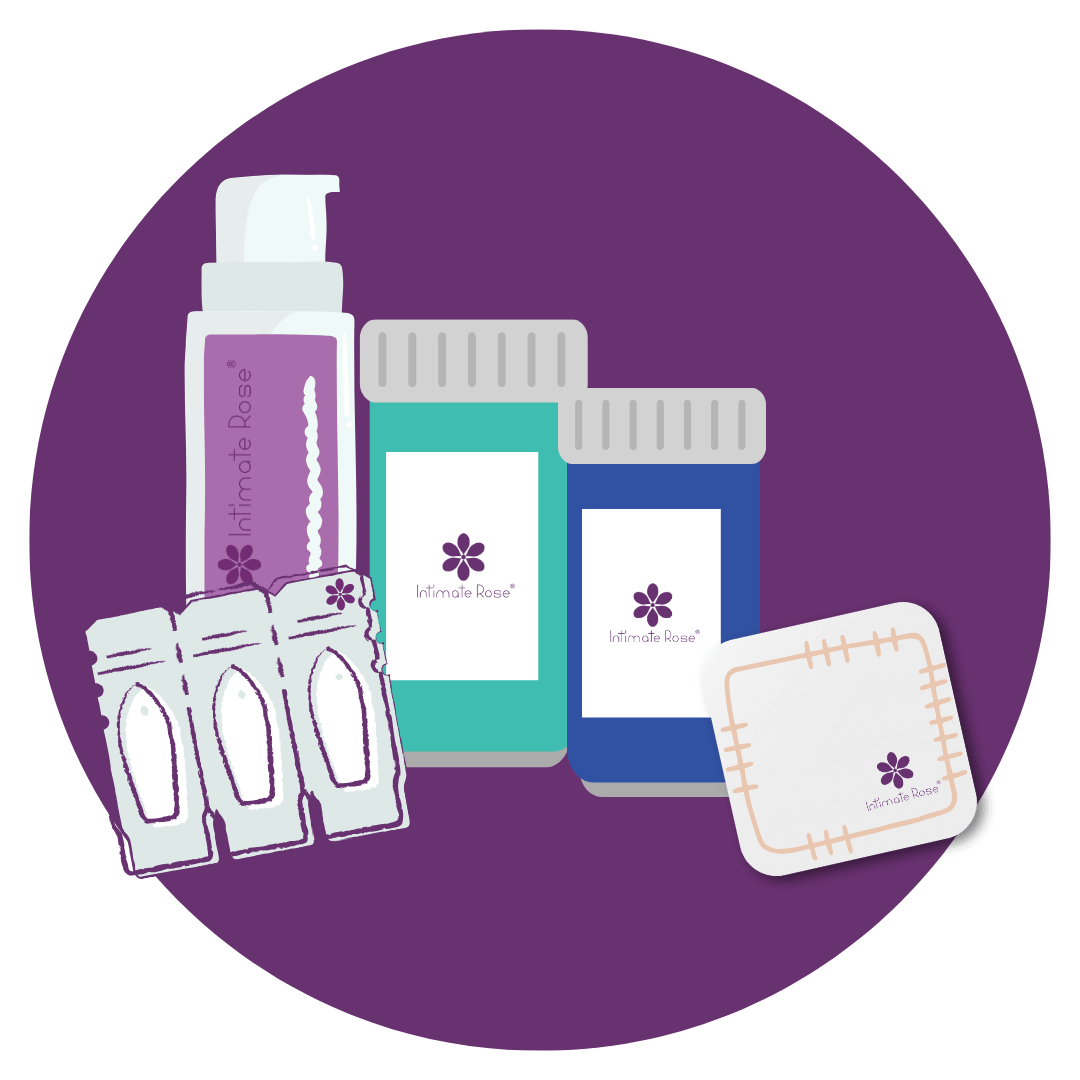
Phytoestrogens
Known as a natural, safe, and effective alternative to HT, phytoestrogens are derived from certain trees, plants, fruits, and vegetables. Instead of re-introducing estrogen, phytoestrogens mimic the effect that estrogen has on the female body, and the body responds as if estrogen is present.
When it comes to skin issues like acne during menopause, phytoestrogens can regulate hormone fluctuations and decrease the effects of androgens. This means less sebum is produced and the risk of acne is reduced. Taking phytoestrogens daily also relieves several other symptoms of menopause without any of the side effects of HT, including mood swings, insomnia, low libido, vaginal dryness, bone density loss, and heart palpitations.
Although naturally found in apples, pears, plums, cabbage, sprouts, spinach, and grains, female health experts advise taking a daily supplement to ensure adequate and regular levels of phytoestrogens are ingested for best results.
Vitex (Chasteberry) supplements from Intimate Rose are made from the Chasteberry tree, which is native to Asia and some Mediterranean countries. Also beneficial for PMS symptoms, Vitex Chasteberry supplements from Intimate Rose are one of the most potent and effective phytoestrogen supplements on the market. Containing 1,000 mg of pure Vitex, these naturally-made, non-GMO, vegan supplements can relieve many menopause symptoms including acne.
Medication
For some extra help treating acne during menopause, healthcare providers may prescribe certain medications to treat different acne lesions and breakouts. Blackheads and whiteheads are typically treated with a topical cream. Inflammatory acne breakouts may require topical retinoids, which help improve skin-cell turnover, open clogged pores, prevent inflammation, and improve skin elasticity.
Untreated acne which becomes severe is typically treated with topical antibiotics and isotretinoin, which is a powerful retinoid taken orally. Due to the potential side effects, isotretinoin is usually only prescribed when no improvements occur with topical treatment.
Cystic acne is sometimes treated with a steroid injection known as intralesional triamcinolone. After the area has been cleaned with antiseptic, intralesional triamcinolone is usually injected into skin lesions with a fine needle to directly target hair follicles and sebaceous glands.
Lifestyle Changes
Lowering stress levels with relaxation techniques such as yoga, conscious breathing, and meditation can help to improve acne outbreaks during perimenopause and menopause. Improving sleep can also help reduce skin issues.

Get your personalized HRT plan!

Get your personalized HRT plan!
Conclusion
Going through perimenopause and reaching menopause can result in some distressing symptoms like hot flashes, mood swings, irregular menstruation, and insomnia. Although acne is most commonly associated with puberty, it can also occur in menopause due to raised androgen levels and their effects on the sebaceous glands. Luckily, several remedies exist to treat acne during perimenopause or menopause.
Cleansing the skin daily with an acne-related face cleanser can help clear blocked pores and hair follicles. In addition to relieving other menopause symptoms, HT or phytoestrogens (a natural alternative to HT) can also help improve acne by rebalancing fluctuating hormones. In severe cases, medication may be required. It’s always best to speak with your healthcare provider to agree on the right solution for you.
References
Office on Women’s Health – Menopause – https://www.womenshealth.gov/menopause
World Health Organisation – Menopause - https://www.who.int/news-room/fact-sheets/detail/menopause
National Institute of Arthritis and Musculoskeletal and Skin Diseases – Acne - https://www.niams.nih.gov/health-topics/acne
Health - Speaking Acne: A Glossary of Common Terms - https://www.everydayhealth.com/acne/speaking-acne-a-glossary-of-common-terms/
National Library of Medicine - Menopausal Acne – Challenges And Solutions - https://www.ncbi.nlm.nih.gov/pmc/articles/PMC6825478/
National Library of Biotechnology Information - Cortisol Levels during the Menopausal Transition and Early Postmenopause: Observations from the Seattle Midlife Women’s Health Study - https://www.ncbi.nlm.nih.gov/pmc/articles/PMC2749064/
American Institution of Dermatology Association – Can the Right Diet Get Rid of Acne? - https://www.aad.org/public/diseases/acne/causes/diet
National Library of Medicine - Phytoestrogens and Their Health Effects - https://www.ncbi.nlm.nih.gov/pmc/articles/PMC6390141/

Get your personalized HRT plan!




